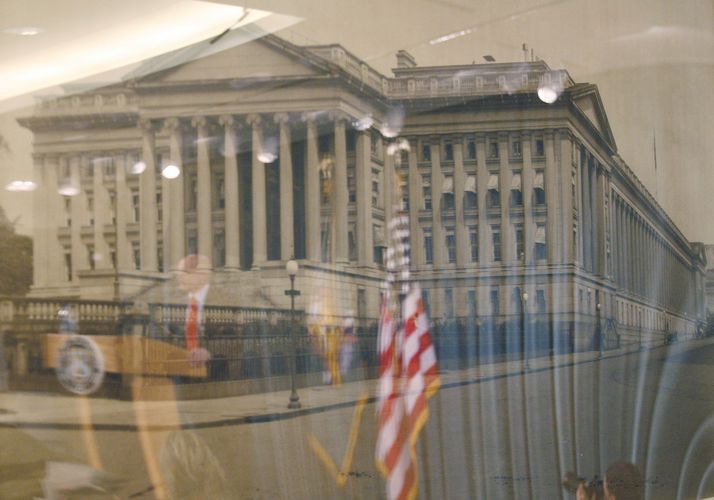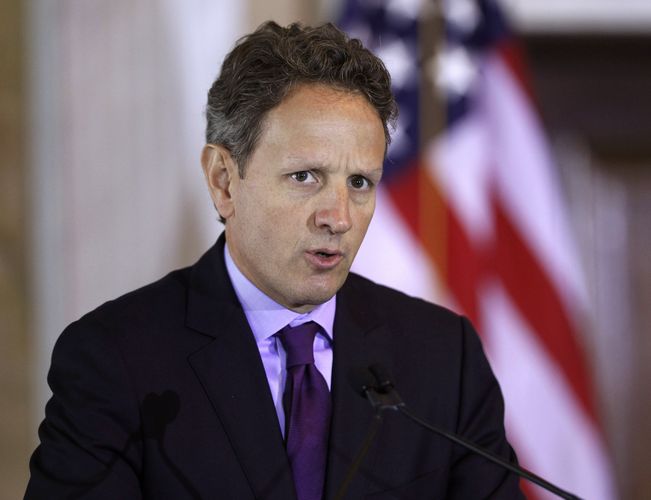Despite Washington’s best efforts to undermine the creditworthiness and credibility of the world’s largest and most important bond issuer, the US Treasury market remains the touchstone fixed income asset class for global investors.
To view the digital version of this report, please click here.
If anything, investor respect for the market, and the bureaucrats at the US Debt Management Office that administer the issuance programme has increased over the past few years, given the significant challenge of operating amid the leadership vacuum on Capitol Hill.
“The US Treasury market remains the most liquid bond market in the world despite QE, Operation Twist and competition from other large debtor countries. To that extent, you conclude that the US Treasury and Debt Management Office are doing a good job. The transparency of issuance programmes and consultation with the market has played a significant role in this success and also been copied in other markets like the UK. The US continues to stand as a model for other countries debt issuance,” said Alan Wilde, head of fixed income and currency at Baring Asset Management, a London-based investment firm with US$48.6bn of assets under management.
After four years of consecutive growth in net new issuance, the US was last year forced to apply the brakes as it ran headlong into its legal public debt limit during an unfortunate episode of partisan posturing, reducing its supply of marketable debt from US$8.4trn in 2010 to US$7.8trn in 2011, according to US Treasury data.
Although Congress and the Obama Administration cobbled together a stop-gap by temporarily raising the limit by US$2trn from US$14.4trn to US$16.4trn, outstanding debt has grown by more than US$1trn to US$15.6trn since last summer. Indeed, Treasury only has headroom of US$744bn dollars before it reaches the limit again. With the government currently burning through about US$100bn of net new issuance a month, the US should reach the current limit just in time for November’s general election.
It is unlikely, however, that Treasury investors will lose much sleep over the details of the compromise, Bill Gross’s public Federal austerity campaign notwithstanding. If recent history is anything to go by, fixed income investors are not immediately concerned by ratings agency downgrades to the US sovereign, nor by the prospect of further political inertia. Investors, for example, responded to last August’s S&P downgrade by buying more Treasuries, taking 10-year yields down 2bp to 2.54% while risk assets sold off. Clearly Treasuries retain their safe haven status, and the full faith and credit of Uncle Sam remains the global benchmark regardless of governance standards in Washington.
With little change in the monetary and fiscal policy landscape since then and global investors preparing for the Grexit, Treasury yields across the curve remain at or around historical lows with much of the front-end firmly in negative territory. May’s five-year auction, for instance, printed US$35bn of new debt at a nominal rate of 0.748%, equivalent to a real return of –2.78%, the lowest rate on record for a Treasury auction.
Treasuries have never been more in demand than they are right now. “Investors are paying the US to park their money with the US Treasury at unprecedented low rates. With inflation projected to be 3%, and the 10-year offering 1.7%, your real return is wiped out. Contrary to being put off by this, investors are willing to pay up and take whatever they can get their hands on,” said one trader.
Federal Reserve Chairman Ben Bernanke’s rapacious appetite for US government debt makes the Fed the world’s largest holder of Treasury securities, with US$1.5trn in disclosed holdings, versus the US$1trn reportedly held by China. Since Operation Twist was launched in September 2011, the Fed has absorbed 100% of 30-year issuance, 75% of 10-year and 50% of seven-year auctions.
The million-dollar question
To the extent that easing techniques have made it more difficult, and expensive, for institutional investors to find US government bonds, it has succeeded in providing a floor for risk assets. But at what cost? If the Fed withdraws from Treasury markets, which at some point it must, investors and fragile economic recovery will be exposed to rapidly increasing interest rates. When this happens, and how rapid the spike in yields might be, however, is still uncertain.
What is the magnitude of demand from institutional investors absent the Fed? That’s the million-dollar question. Market consensus points to a significant distortion which could have an expensive impact on the Fed’s balance sheet. Falling prices would cause big losses on its existing portfolio, effectively losses to the US tax payer.
Ron Desautels, managing director and head of government trading at Babson Capital, said that while the end of the current easing programs could see 10-year rates increase by 40bp–50bp, it is unlikely that the absence of the biggest buyer will slow Treasury issuance too much.
“If the Fed lets Operation Twist roll off and does not go for QE3, we don’t see much impact to issuance given the current trajectory of fiscal policy. The government will still have to finance the deficit, and investors will be lining up to take down much of that issuance. Yields will have to increase but the flight to quality to bid is still very much in play,” he said.
With 10% of the outstanding stock of Treasury securities parked on the Fed’s balances sheet, the prospect of higher yields poses similar risks for Bernanke as it does for institutional investors.
This dynamic highlights the conflicting incentives faced by Congressional and monetary policy makers and implies an uncertain outlook for Treasuries while growth remains illusive.
Essentially, the opportunity cost for both the Fed and Congress of doing nothing today is so low that it is extremely unlikely that either institution will do little more than kick the can down the road for another year.
“With the 10-year under 2%, the impact on the US budget of running large deficits is low and politicians have more headroom in terms of the choices they can make. However, if the 10-year returns to its historical average of 4%, interest payments on the Federal budget would increase significantly and only then would you expect politicians to have to make serious budgetary trade-offs,” said Saad Kamal, policy analyst with research firm Capstone in Washington DC.
The US Debt Management Office and Department of Treasury declined to be interviewed for this article.

